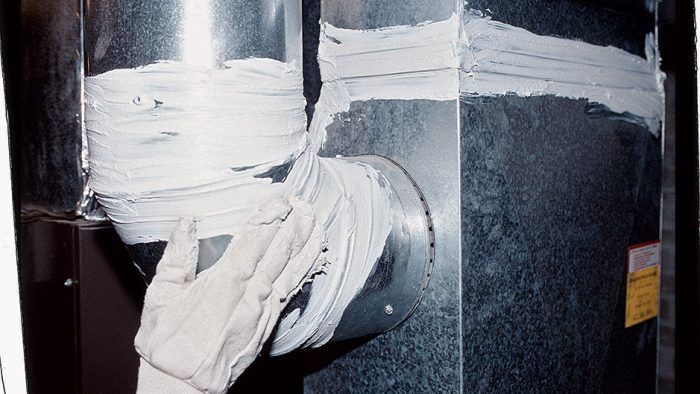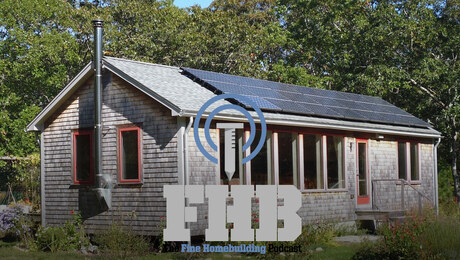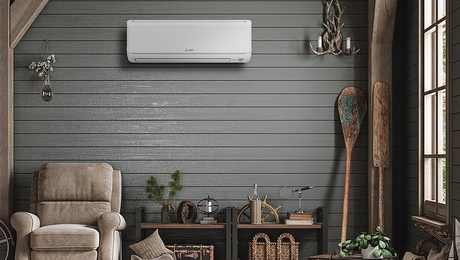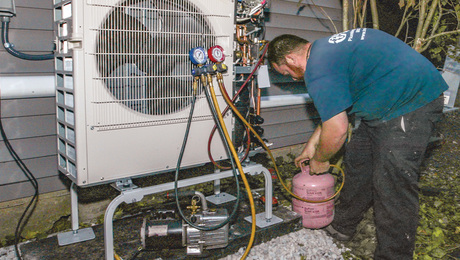16 Ways to Improve the Air You Breathe
Discovering the causes of poor indoor-air quality is the first step in creating a healthful home.

Synopsis: You can scrub your house until it’s spotless, but if you don’t consider the quality of the air you’re breathing, your home might not be as clean as you think. Environmental engineer Jamie Lyons takes a look at the factors that cause indoor-air quality to deteriorate and offers 16 ways to improve that indoor air to create a more healthful home. Poor indoor-air quality frequently involves fixing problems in one of three areas: human activities (cooking, showering, even household cleaning products), mechanical systems (leaky return ducts, backdrafting), and construction (poorly flashed windows and doors, cracked slabs).
From the spotless houses of the Cleavers and the Bradys to the showcases featured in contemporary advertising, we’ve been taught that a good house is a clean house. So we sweep, spray, and scrub with an ever increasing arsenal of tools and cleansers. But what about the part of a house that we don’t see, yet breathe into our lungs thousands of times every day? Indoor air is a fundamental part of how our houses affect us, but it’s often overlooked and misunderstood.
Americans spend up to 90% of their time indoors. According to the Environmental Protection Agency (EPA), indoor air can actually be more polluted than outdoor air. The consequence of spending so much time indoors and breathing polluted air can be seen in the increase of asthma and chronic respiratory disease among Americans.
What makes indoor-air quality (IAQ) most difficult to understand is that it can’t be easily or accurately tested. There’s a vast world of contaminants to test for, and for most of them, there aren’t clear exposure limits to compare against. Plus, testing is just a snapshot of a home’s conditions. Because many factors can affect IAQ, testing is not a realistic option in most cases. Instead, looking at the sources of pollutants and the way they enter the living space is the best way to determine if your house is as healthful as it can be.
Both tight houses and leaky houses have issues
We didn’t hear much about IAQ 30 years ago. Building science was still in its infancy, and our houses were different.
In the name of energy efficiency, modern houses are wrapped, caulked, and spray foamed until air leakage through the building shell is reduced to a mere whisper of outside air. This has eliminated the natural air infiltration that once served as an IAQ Band-Aid by diluting pollutants and, occasionally, helping to dry out moisture.
Before you call a tight house an unhealthful house, though, remember that the air infiltrating a leaky house can cause just as many problems as it fixes. For example, hot, humid outside air that finds its way inside simply adds moisture to your house. Incoming outside air can introduce pollutants such as car exhaust. Although tight houses can prevent pollutants from escaping, they also decrease the amount of contaminants that are entering the living space and allow indoor conditions to be better managed.
Three threats revealed
While a number of pollutants can create poor IAQ, there are three common sources: poor construction, faulty or improperly designed mechanical systems, and human activity.
RELATED STORIES
- Rise of the IAQ Monitor
- Automated Indoor-Air-Quality Sensors
- Designing an HVAC System for a Passive House
For more photos and details, click the View PDF button below:


























